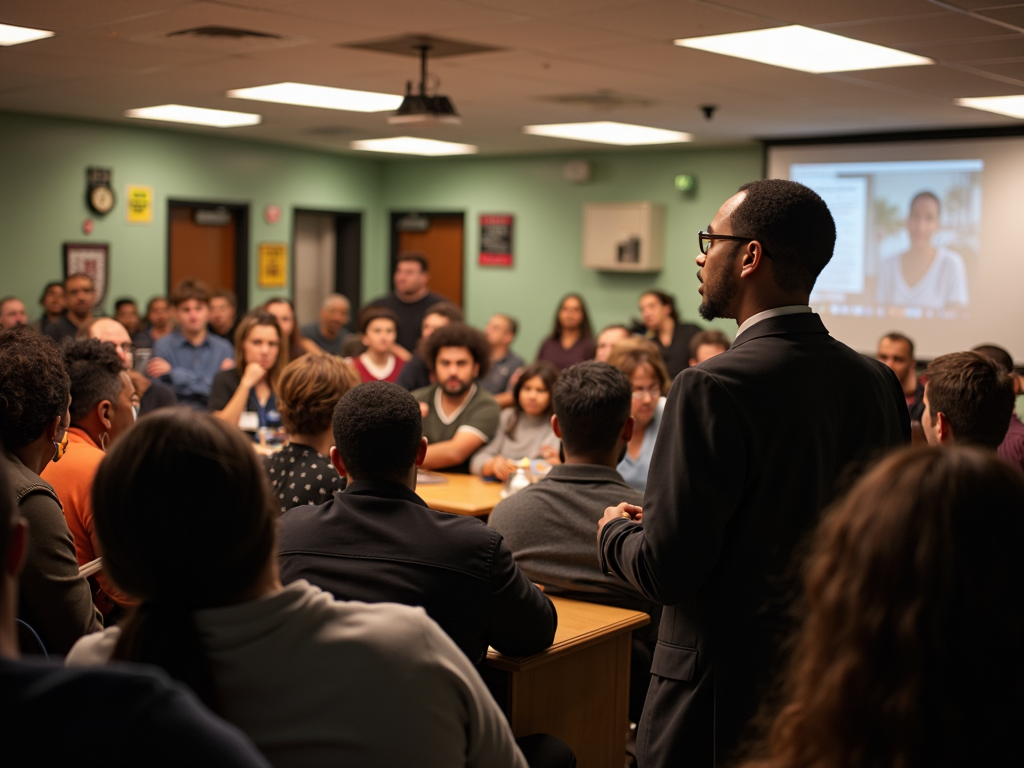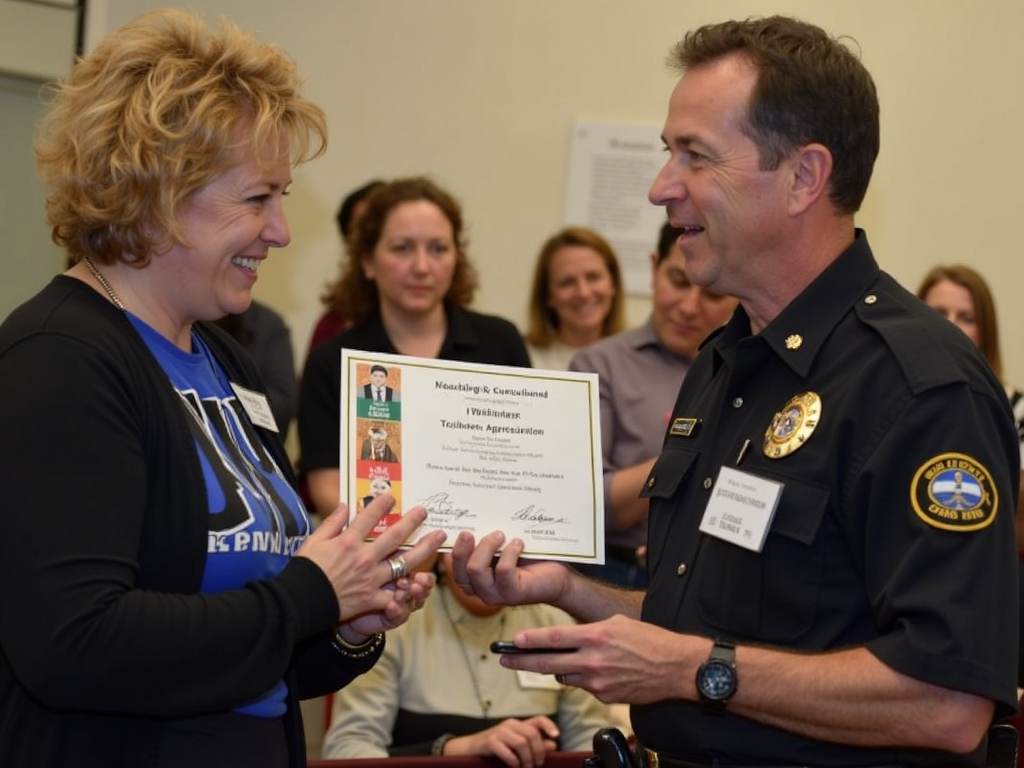Strategies for Building a Strong Advocacy Network
By , July 6, 2025
Building a strong advocacy network is essential for creating positive change in your community. By leveraging the power of volunteers and engaging with key stakeholders, you can amplify your message and achieve your goals.

As an advocate, I've seen firsthand the impact that a strong network can have. When I first started working on environmental issues in my community, I felt overwhelmed and alone. But by connecting with like-minded individuals and organizations, I was able to build a powerful coalition that successfully lobbied for new recycling policies.
Volunteers are the heart of any advocacy effort. They bring passion, energy, and diverse perspectives to the table. Without them, it's nearly impossible to sustain a long-term campaign.

So, how do you recruit and retain volunteers? Here are some strategies I've found effective:
-
Clearly define roles and responsibilities. Volunteers need to know what's expected of them and how their work contributes to the larger goal.
-
Provide training and support. Offer workshops, mentorship programs, and other resources to help volunteers develop their skills and confidence.
-
Recognize and reward volunteers. Show appreciation for their hard work through public acknowledgments, awards, or small tokens of gratitude.

- Create a sense of community and belonging. Foster a welcoming and inclusive environment where volunteers feel valued and connected to one another.
Engaging with the community is another critical aspect of building a strong advocacy network. Here are some tips:
-
Identify key stakeholders and partners. These might include local businesses, schools, faith-based organizations, and other community groups.
-
Develop a communication plan. Use a mix of traditional and digital channels to reach your target audience and keep them informed about your efforts.
-
Organize events and activities. Host rallies, workshops, or other gatherings to bring people together and build momentum.

- Use social media and other digital tools. Leverage platforms like Facebook, Twitter, and Instagram to share your message and engage with supporters.
To illustrate these strategies in action, let's look at some real-life examples of successful community advocacy.
In 2019, a group of parents in a small town in Oregon banded together to advocate for safer streets around their children's schools. They recruited volunteers, engaged with local officials, and organized a series of community events. Their efforts paid off when the city council approved funding for new crosswalks and traffic calming measures.

Another inspiring story comes from a nonprofit organization in Chicago that works to address food insecurity. By building a network of volunteers, community partners, and donors, they've been able to distribute millions of pounds of food to those in need.
As an advocacy volunteer, your role is crucial. Some common responsibilities include:
-
Attending meetings and events
-
Conducting outreach and education
-
Collecting and analyzing data
-
Advocating for policy changes
-
Supporting fundraising and development efforts
Building a strong advocacy network takes time, effort, and dedication. By focusing on recruiting and retaining volunteers, engaging with the community, and leveraging success stories, you can create a powerful force for change. Remember, every small action counts, and together, we can make a difference.